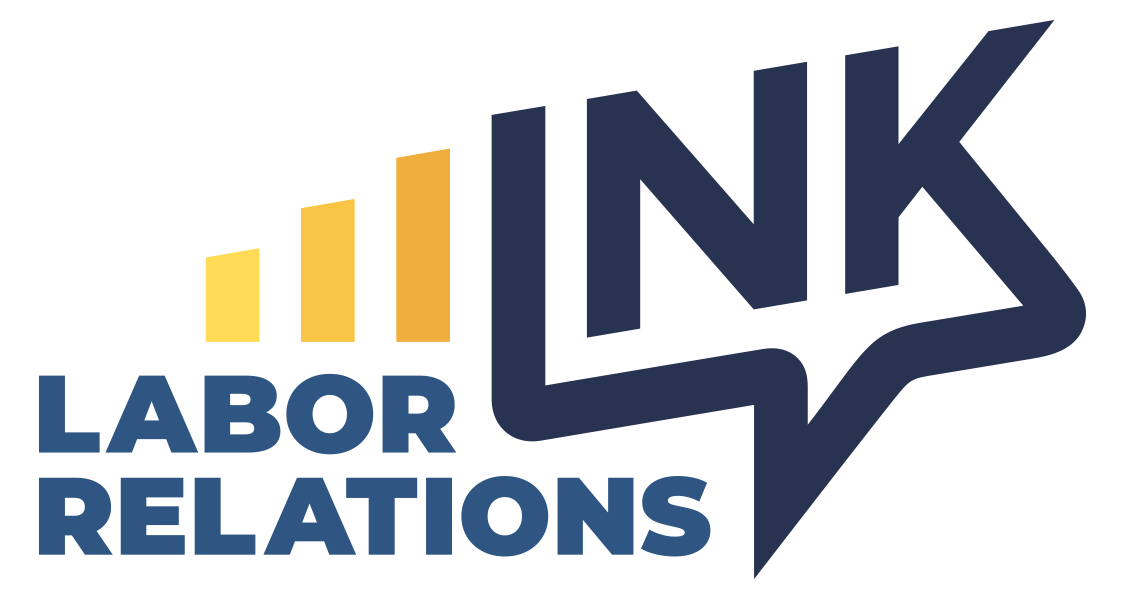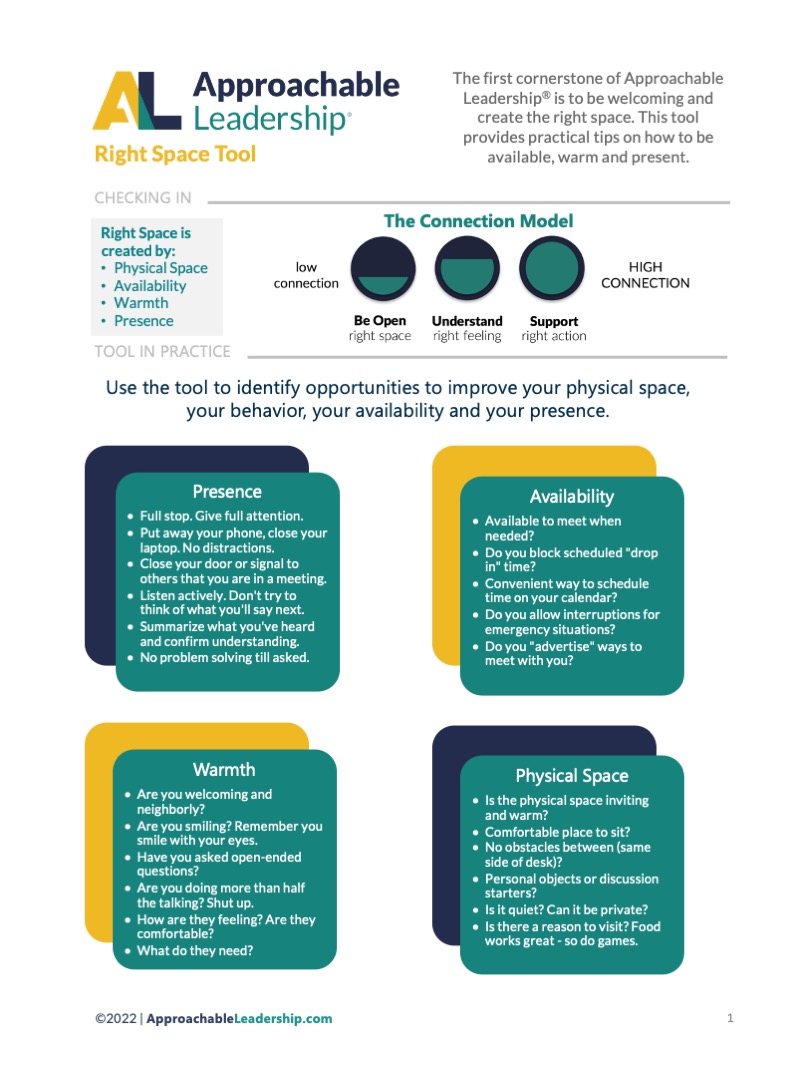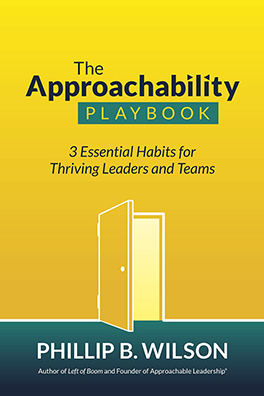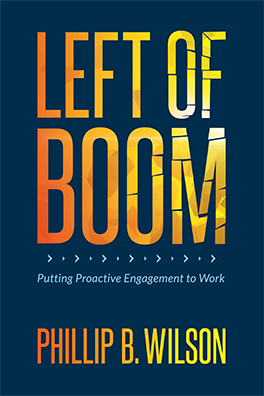In May 2022, history was made over venti lattes and espresso shots. The downtown Birmingham Starbucks became the first Starbucks store in Alabama to vote to unionize.
The very next morning when Starbucks reopened after being closed for two days to run the union election on site, I walked into that store, curious to experience a “historic moment” in real life.
At first glance? It looked like… Starbucks. Customers were half-awake, ordering their usual drinks. The machines hissed. Indie pop floated low through the speakers. If you didn’t know what had happened the day before, you’d never guess anything was different.
But underneath the apparent normalcy, the energy had shifted.
The lead organizer, a shift supervisor, hugged customers offering congratulations.
“Best day of my life!” he enthused.
There was quiet pride among some of the baristas — small smiles, a little extra spring in their steps but also an undercurrent of uncertainty. It felt less like a victory party and more like the end of one race and the start of a much harder one.
Because anyone who works in labor relations knows:
Winning a union election isn’t the finish line. It’s just when the hard part begins.
Fast-forward to 2025, and that same Birmingham Starbucks is making headlines again — but this time, the story isn’t about celebration.
According to recent reports, workers allege they face a “concerted anti-union campaign” from management while canvassing and campaigning at other area stores.
Their allegations include:
- Punishment for wearing union pins, including being kicked off the floor and contributing to understaffing
- Neglect of worker safety, including discouraging mask-wearing during health concerns
- Retaliation against union members, including singling out individuals for their union involvement
- Management pressure that workers say has chilled the organizing effort
Starbucks, for its part, denies the accusations, stating that it’s simply ensuring that all employees or “partners” are fully informed. But the tension on the ground feels very real.
If you’ve spent any time in a workplace after a union election, you recognize the pattern:
The adrenaline rush of “winning” fades fast. Negotiating a first contract drags.
Small frustrations grow. Doubts creep in.
Here’s a number that matters:
On average, achieving a first collective bargaining agreement takes 465 days, or 15 months.
This Birmingham store has already waited longer. And there’s still no end in sight.
This is the hidden truth behind so many union promises. Winning an election doesn’t magically change anything. Delivering real change is slow, painful, and often deeply disappointing.
And when frustration with the union grows?
That’s when good leadership can step in to reconnect with employees, rebuild trust, and win back the workforce that might otherwise drift away.
Three Lessons From Birmingham’s Starbucks
☕ Momentum is Fleeting.
Organizing campaigns are emotional sprints. But sustaining energy across months — or years — of contract negotiations? That’s the real test.
☕ Culture Wars Are the New Battleground.
Union vs. non-union isn’t just a legal status. It’s a tug-of-war over workplace identity, who speaks for it, who shapes it, who belongs.
☕ Election Wins Don’t Guarantee Anything.
Vote = Hope → Long wait = Frustration → Opportunity = Leadership
In 2022, I saw a moment of cautious hope: employees who believed change was coming because the union promised it.
In 2025, I see the reality:
Real change doesn’t come with a ballot box. It happens (or doesn’t) in the hard, daily grind afterward in every schedule, every discipline meeting, and every cup of coffee served.
The way leadership shows up after the vote makes all the difference.
Whether you’re in labor relations, HR, or leadership, Birmingham’s Starbucks isn’t just a case study. It’s a mirror reflecting how complicated and fragile real workplace change can be.
And just like that first morning after the vote, you might miss the most crucial part if you’re not paying close attention.
If you manage people, lead a team, or work in labor relations — what lessons do you take from this story?






